Artificial Intelligence (AI)-Driven Disaster Response Systems
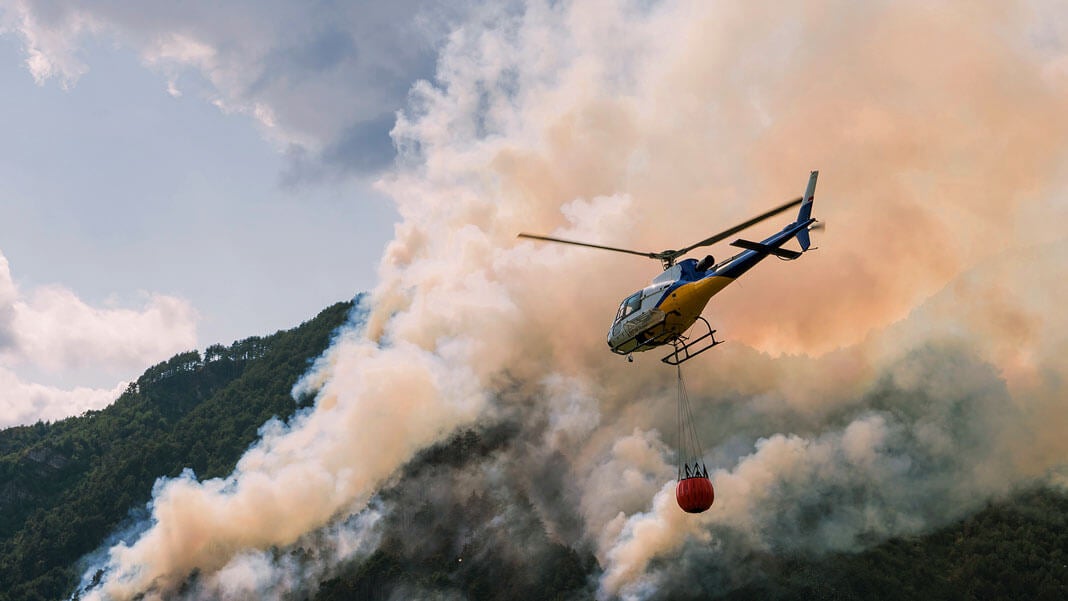
Natural disasters have always been a part of human life. In recent years, however, the frequency and intensity of these events have increased due to climate change. This has put a strain on disaster response systems around the world, which are often under-resourced and ill-equipped to handle major emergencies.
AI-driven disaster response systems offer a potential solution to this problem. By using artificial intelligence (AI), these systems can help to improve the efficiency and effectiveness of disaster response efforts.
How AI-Driven Disaster Response Systems Work
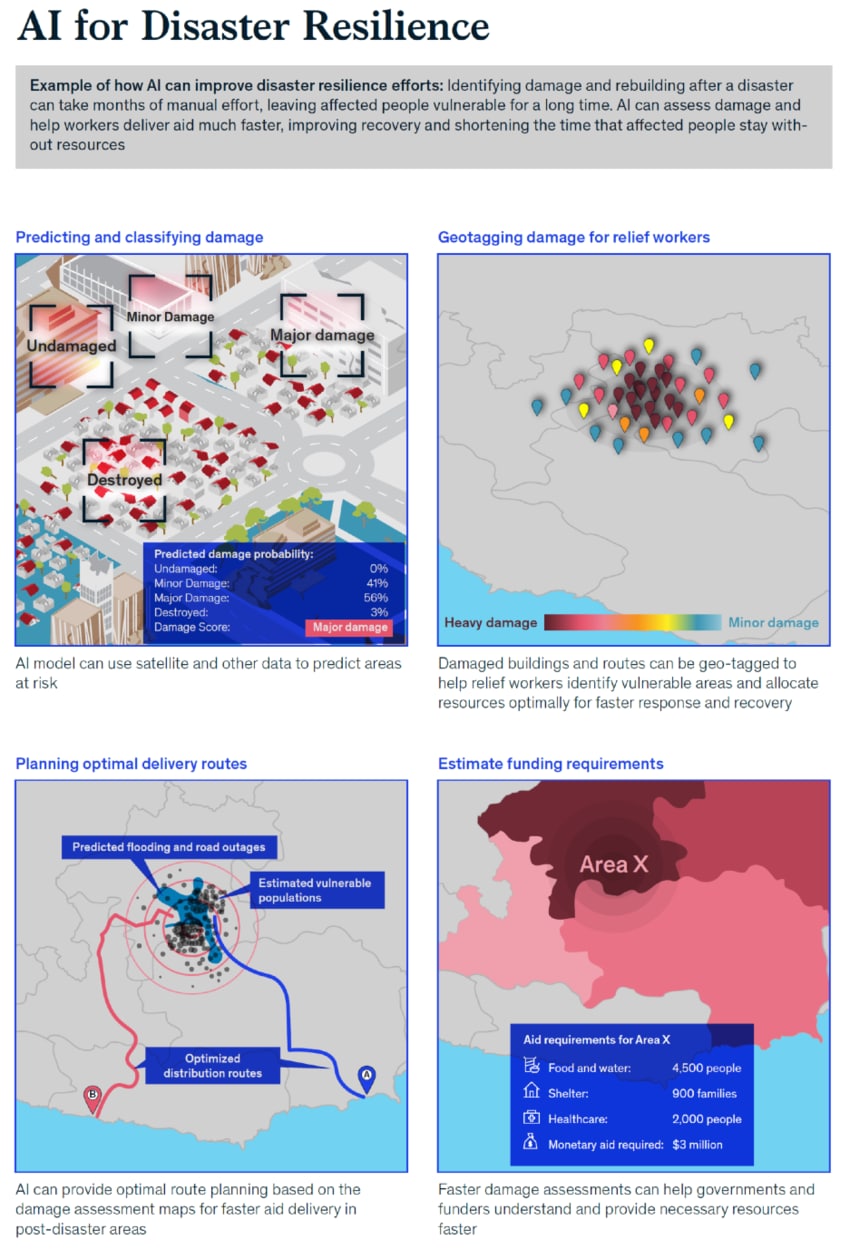
AI-driven disaster response systems typically use a combination of sensors, data, and machine learning algorithms to identify and respond to natural disasters. These systems can be used to:
- Monitor the weather and climate conditions to predict the likelihood of a natural disaster occurring.
- Track the movement of a natural disaster, such as a hurricane or flood, to help emergency managers determine where it is likely to strike.
- Identify areas that are at risk of flooding or other damage, so that residents can be evacuated in advance.
- Provide real-time information to first responders and emergency managers, such as the location of the disaster, the extent of the damage, and the needs of the affected population.
Benefits of AI-Driven Disaster Response Systems
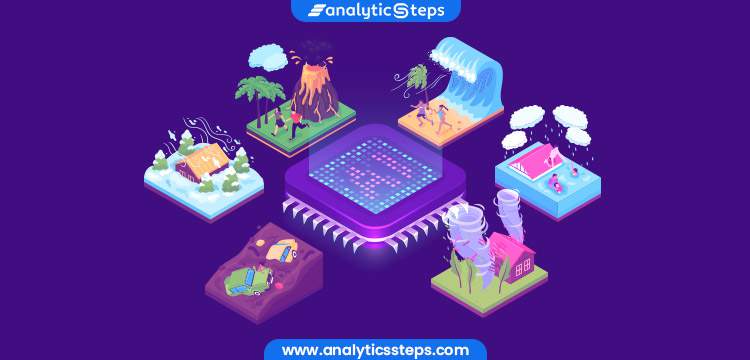
AI-driven disaster response systems offer a number of benefits over traditional disaster response systems. These benefits include:
- Speed: AI-driven systems can process data and make decisions much faster than human beings, which can help to save lives in the event of a major emergency.
- Accuracy: AI-driven systems can be trained to identify and respond to natural disasters with a high degree of accuracy. This can help to ensure that resources are allocated where they are needed most.
- Scalability: AI-driven systems can be scaled up to handle large-scale disasters. This is important in a world where climate change is making natural disasters more frequent and more severe.
Challenges of AI-Driven Disaster Response Systems
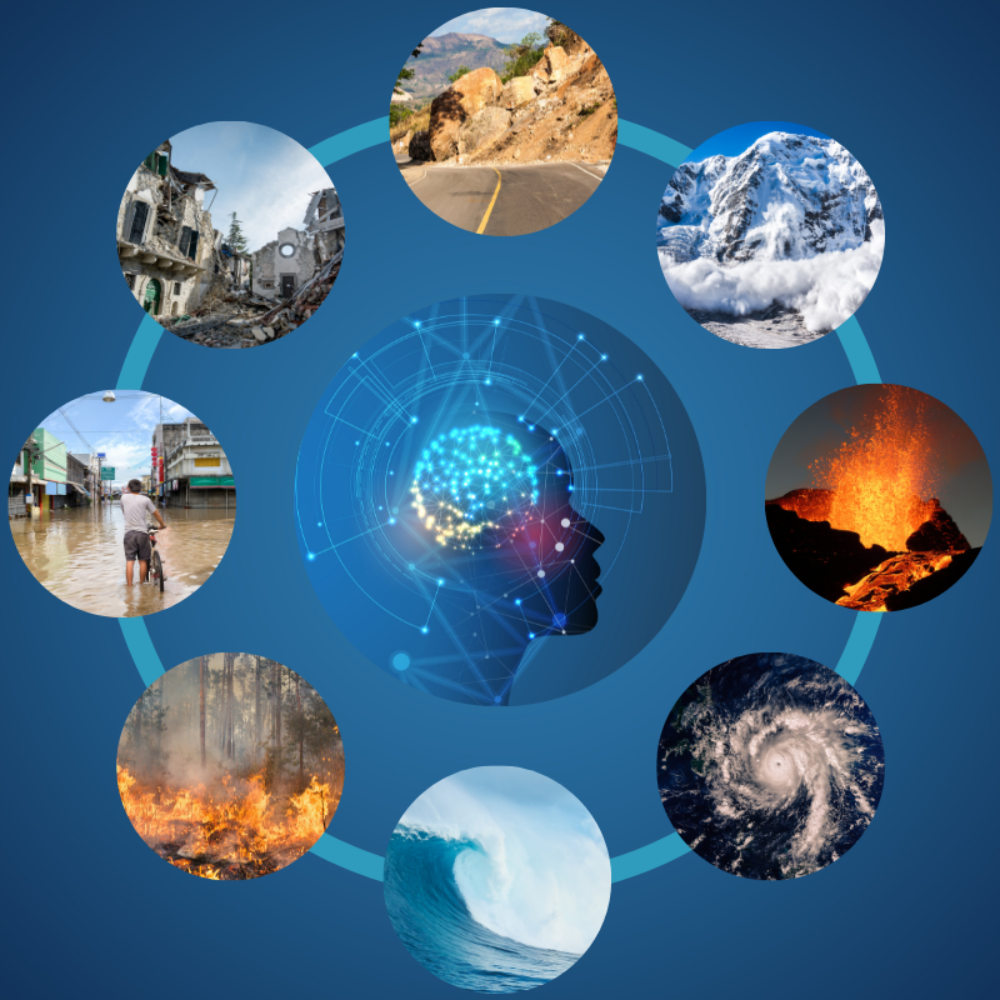
Despite the potential benefits of AI-driven disaster response systems, there are also a number of challenges that need to be addressed. These challenges include:
- Data availability: In order to function effectively, AI-driven systems need access to large amounts of data. This data can be difficult to collect, especially in the aftermath of a natural disaster.
- Algorithmic bias: AI systems can be biased against certain groups of people, such as women and minorities. This can lead to unfair or inaccurate decisions being made in the context of disaster response.
- Explainability: It can be difficult to explain how AI systems make decisions. This can make it difficult for emergency managers to trust and use these systems.
Conclusion
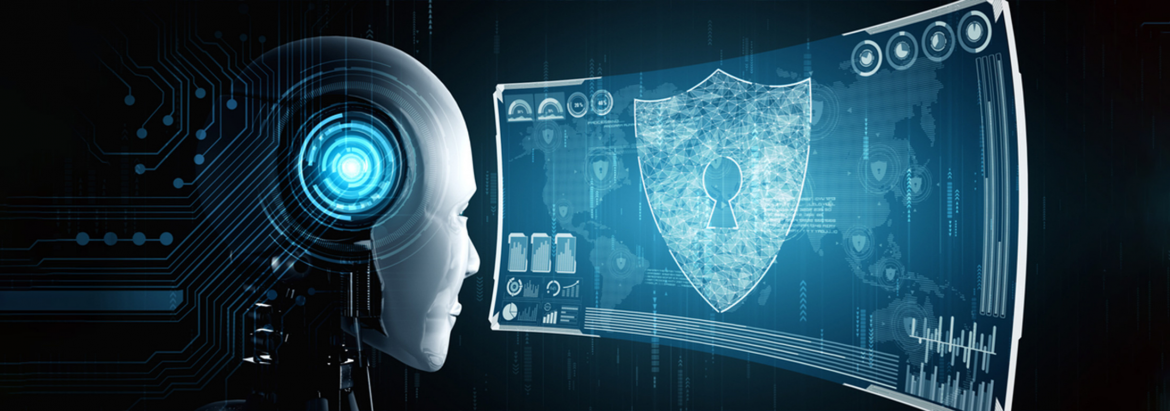
AI-driven disaster response systems offer a promising solution to the challenges of responding to natural disasters. However, there are a number of challenges that need to be addressed before these systems can be fully deployed. By addressing these challenges, AI-driven disaster response systems can help to save lives and reduce the impact of natural disasters.
How AI Is Being Used to Improve Disaster Response
AI is being used in a variety of ways to improve disaster response. These include:

- Using AI to predict natural disasters: AI can be used to analyze data on weather patterns, climate change, and other factors to predict the likelihood of a natural disaster occurring. This information can be used to help emergency managers prepare for and respond to disasters.
- Using AI to track and monitor disasters: AI can be used to track the movement of natural disasters, such as hurricanes and floods. This information can be used to help emergency managers evacuate people and provide aid to those who are affected.
- Using AI to provide real-time information to first responders: AI can be used to provide first responders with real-time information on the location and severity of a disaster. This information can help first responders to prioritize their efforts and save lives.
- Using AI to automate tasks: AI can be used to automate tasks that are currently performed by human beings, such as data collection, analysis, and decision-making. This can free up human resources to focus on more important tasks, such as providing aid to those who are affected by disasters.
The Benefits of Using AI for Disaster Response
There are a number of benefits to using AI for disaster response, including:

- Speed: AI can process data and make decisions much faster than human beings. This can be critical in the aftermath of a disaster, when every second counts.
- Accuracy: AI can be trained to identify and respond to disasters with a high degree of accuracy. This can help to save lives and reduce the damage caused by disasters.
- Scalability: AI can be scaled up to handle large
Post a Comment